Guidelines for Native Gardening Compatible with LCG Ordinances
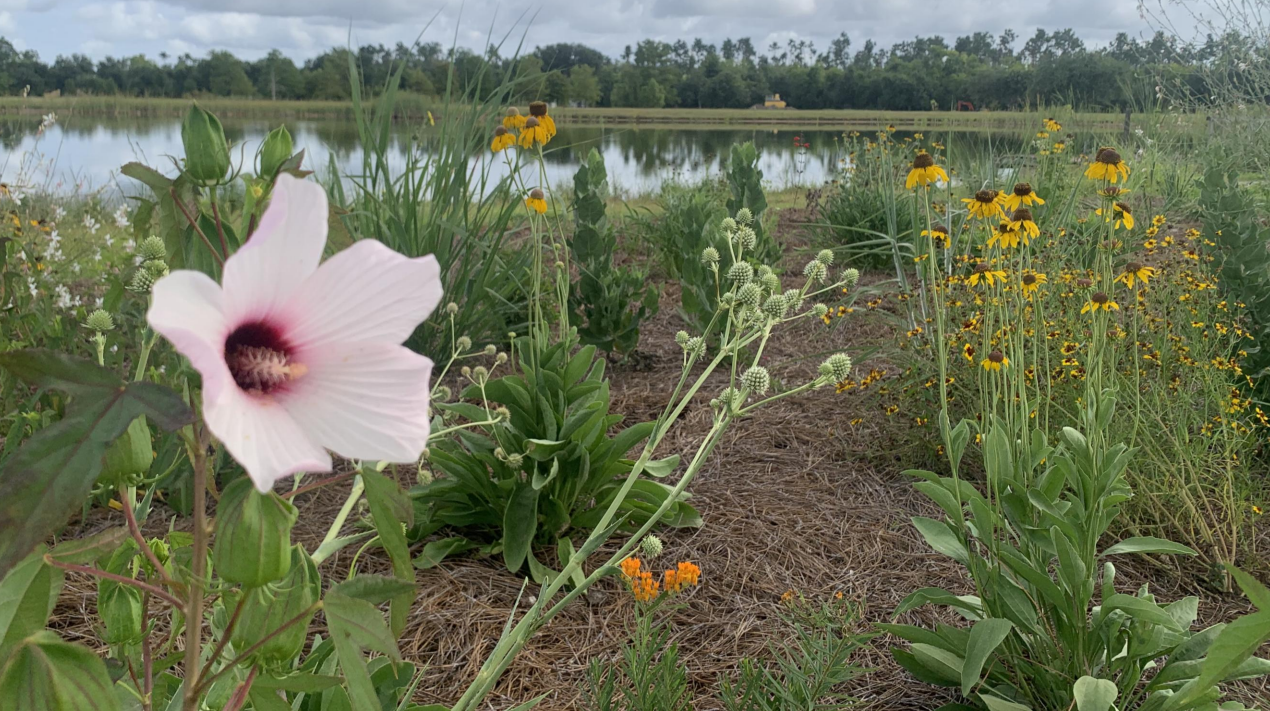
Why Plant Natives
The use of native plants in your landscaping results in a robust garden that protects the environment and supports wildlife with critical habitat:
- Pollinators such as butterflies, moths, native bees, and hummingbirds use the flowers as a source of nectar and/or pollen (this is critical to completing the plant’s lifecycle).
- Caterpillars and other insects lay eggs on the plants, so don’t worry about using pesticides, the insects won’t kill the plant—this is nature’s way of providing insects for birds to eat!
- Seeds provide food for other birds (especially important when insects are scarce in winter) and the stems provide a home for native bees and other beneficial insects.
- Native plants require fewer fertilizers and pesticides, are resilient to regional weather patterns and resist diseases that can harm or kill non-native landscaping.
- Native planting helps to slow down and clean up stormwater runoff.
Local Ordinances
Gardeners should plan lawn-conversion projects while being mindful of local LCG ordinances that regulate the appearance of private property. These ordinances were put into place to ensure that lawns would be maintained in a visually appealing condition. Neglected property can become an eyesore and reduce the property values of a neighborhood, and also, an overgrown lot can become a safety issue when tall vegetation obscures the visibility of drivers.
Lafayette Parish has a vegetation ordinance that primarily uses plant height (12 inches in the city limits; 24 inches outside occupied subdivisions and neighborhoods) as the criterion for determining compliance. Many of the plants used in native gardens exceed these height limits, but managed native gardens that DO NOT CONTAIN NOXIOUS GROWTH are compliant with the Lafayette Parish ordinance.
Noxious weeds or growth are defined by Lafayette Parish government as any foliage that is disagreeable, harmful, unpleasant, or destructive to living beings. A list of invasive plants that threaten the native plants and habitats of Louisiana is maintained by the Louisiana Department of Wildlife and Fisheries.
Indicators of Compliance
Native gardeners should incorporate Cues to Care, which indicate to observers that gardens are planned, intentional, and maintained.
Examples of cues to care include:
- mown paths
- clearly defined borders and buffers, keeping fences along property boundaries clear of vines is also a management cue.
- seating areas
- outdoor art
- signage
Do not, however, use a mown buffer along waterways; instead use a buffer of native vegetation to intercept runoff, which will help improve water quality.
Plan and manage native plantings to avoid obscuring the line-of-sight visibility of drivers entering the street from driveways or side streets. Ensure that your garden does not obstruct sidewalks.
Remember that LCG staff can determine your property is out of compliance with Chapter 97 VEGETATION ordinance, even if a property owner claims to have a native garden.
For more detailed information on planting native and prairie plants visit these websites:
Here are some plants native to Acadiana that can be added to your landscape:

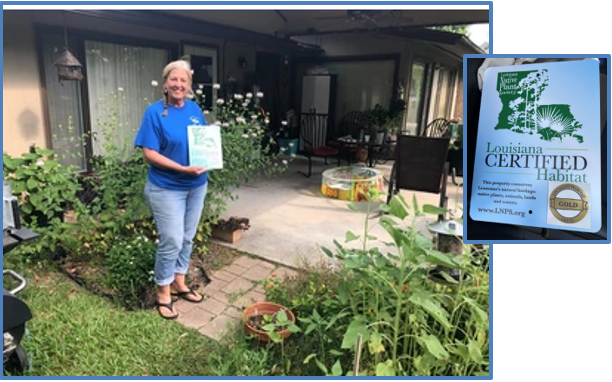
Photo credit: Acadiana Native Plant Project (ANPP) https://www.greauxnative.org/
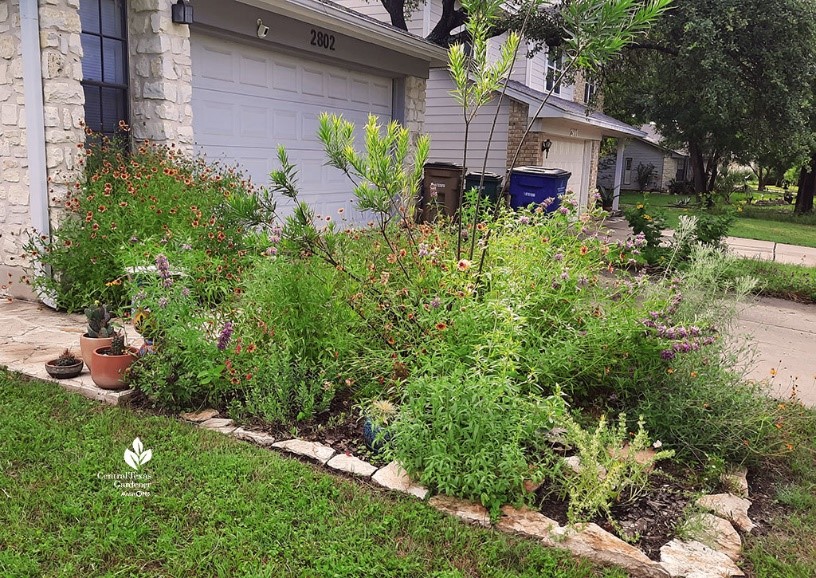
Photo credit: Central Texas Gardener https://www.centraltexasgardener.org/
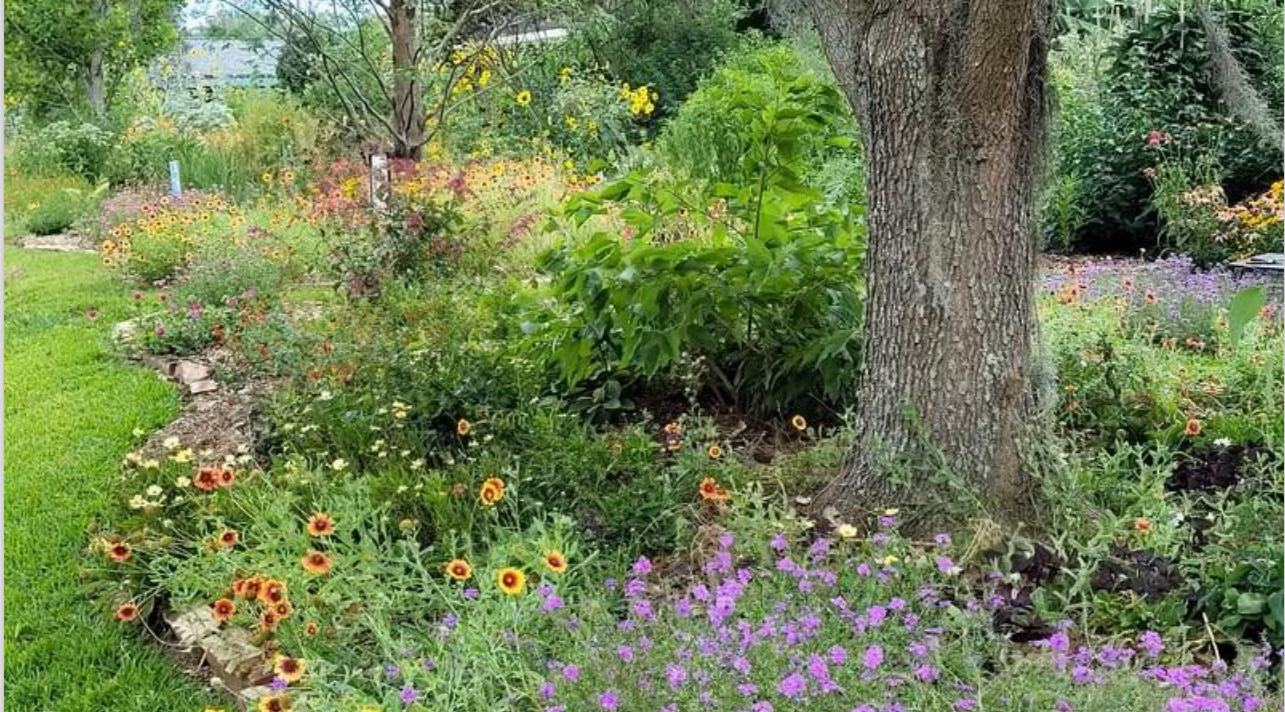
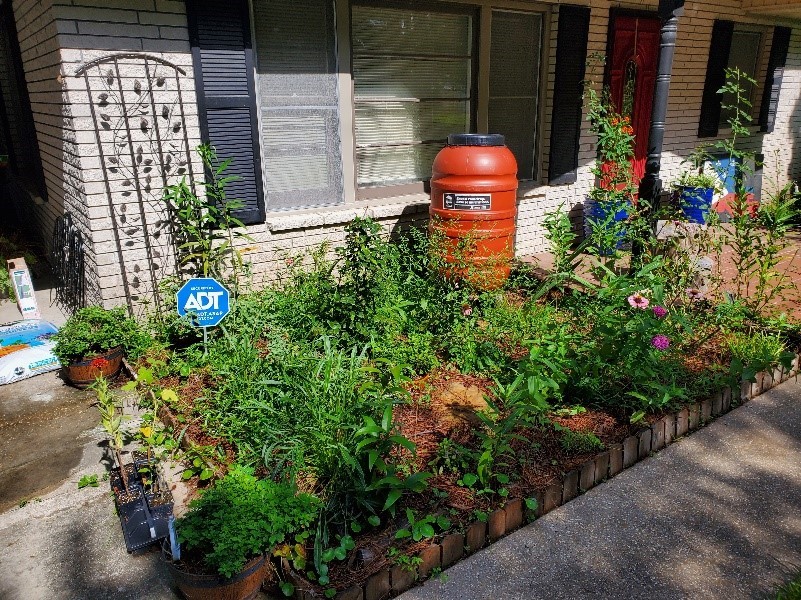
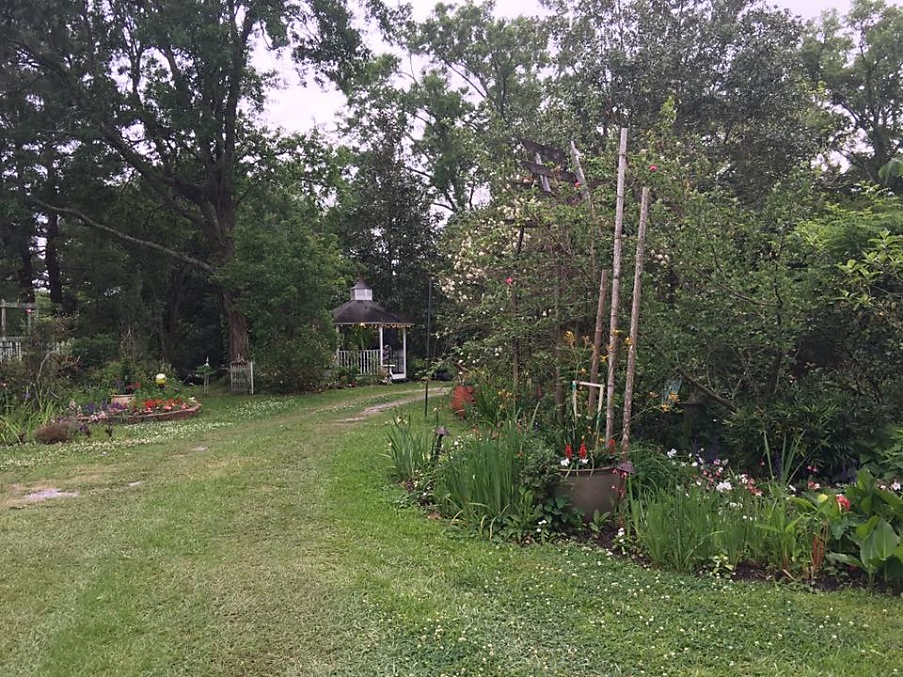
Photo credit: Acadiana Native Plant Project (ANPP) https://www.greauxnative.org/
